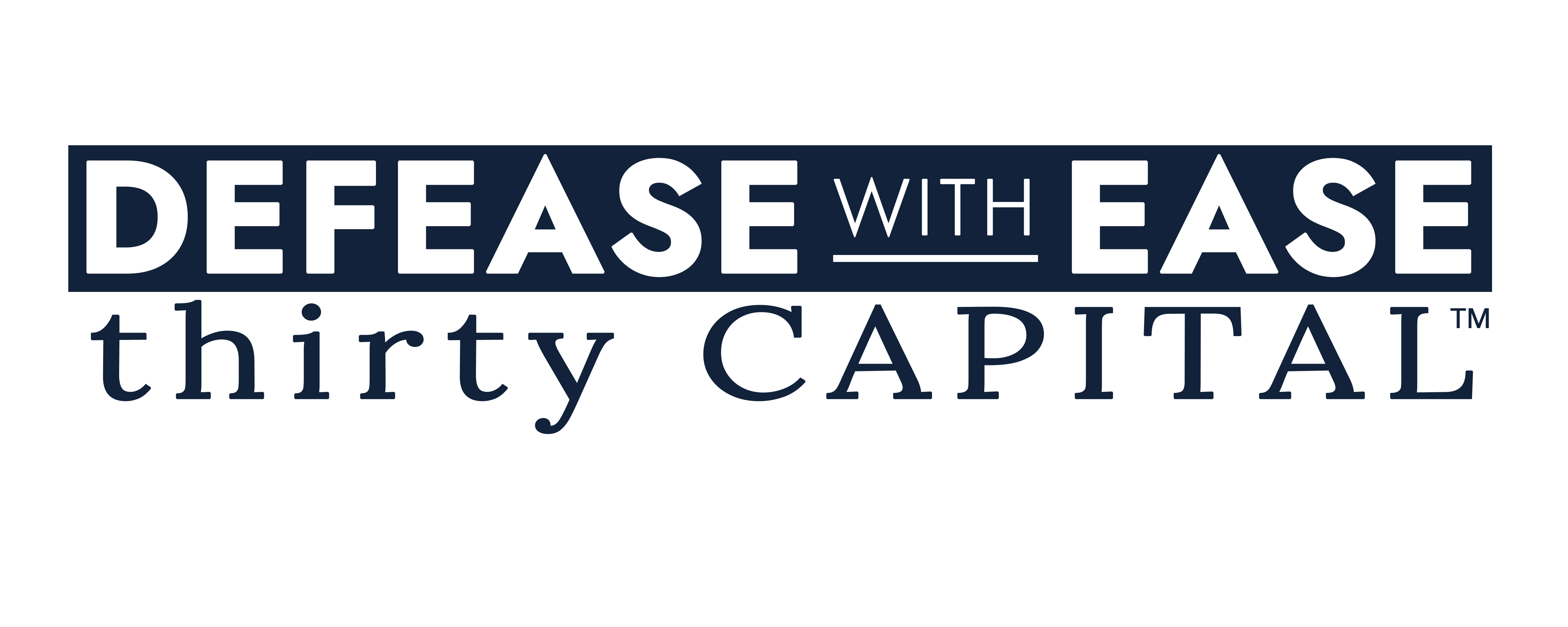In the world of commercial real estate (CRE), debt decisions are often complex and high stakes. The process of refinancing, in particular, can be fraught with uncertainty, especially when market timing is a factor. One of the most common mistakes CRE owners make is assuming that waiting for rate cuts will result in lower borrowing costs. However, as demonstrated by a recent case study, this assumption can lead to unexpected debt service costs and negative impacts on cashflow.
This article explores the lessons learned from a real-world scenario where a CRE owner’s decision to wait for rate cuts ultimately backfired, resulting in higher annual debt service costs and a missed opportunity to optimize their financing. We will examine the importance of proactive decision-making, understanding market dynamics, and aligning debt strategy with business goals.
Want to listen to the discussion? Click here to watch the 20-minute on-demand recording of the live case study.
The Case of Waiting for Rate Cuts
The case study centers around a mid-market CRE owner who had a multifamily property with 120 units in the southeastern United States. The property owner’s loan was set to mature in December, and they were contemplating whether to refinance early or wait for the anticipated interest rate cuts. They hoped that by delaying the refinancing, they would secure a lower rate when the Fed eventually cut rates.
The original loan was a full interest-only loan of $11.5 million with a 5.5% interest rate. The owner’s goal was simple: to mitigate risk, minimize market volatility, and secure better financing terms. They anticipated that waiting for rate cuts would allow them to secure more favorable terms and save on debt service payments. However, this strategy was based on several incorrect assumptions about how rate cuts would affect their loan terms.
The Anticipation of Rate Cuts
In the months leading up to the loan’s maturity, the owner was confident that the Federal Reserve would announce multiple rate cuts, which they believed would lower their borrowing costs. As expected, the Fed cut interest rates in September by 50 bps, followed by two additional 25 bps rate cuts. The owner’s strategy was based on the idea that these rate cuts would directly reduce their borrowing costs, making it more beneficial to refinance later in the year.
However, this strategy did not account for the broader market dynamics at play. While the 100 bps rate cuts did occur, they were accompanied by an increase in the underlying yields that determine interest rates. This meant that the reduction in the Fed’s target rate did not translate into lower borrowing costs for the owner, as they had anticipated. In fact, the yield curve shifted, and the cost of refinancing actually increased due to the underlying market dynamics.

The Impact of Yield Increases
The real issue arose when the anticipated rate cuts were not enough to offset the increase in the underlying yields. While the Fed’s actions did lower the short-term rates, the longer-term yields that CRE loans are often based on (such as the SOFR index and Treasury bonds) increased by about 100 bps. This negated any potential savings from the rate cuts and left the borrower with higher costs than initially expected.
In this scenario, the owner’s decision to wait for rate cuts backfired, as they failed to consider how the broader market would respond. The result was an increase in payments, which amounted to an additional $118,000 in annual debt service payments. This increase was largely driven by the misread of market conditions and the failure to act proactively.
Strategic Debt Management and the Cost of Waiting
The lesson here is clear: timing the market in hopes of securing better rates can often lead to higher debt service costs. Proactive debt management, rather than reactive strategies, is key to navigating the complexities of refinancing in a volatile market. The real cost of waiting in this case was not just the increase in interest rates, but the missed opportunity to secure better terms before market conditions changed.
For CRE owners, the takeaway is to avoid relying solely on market predictions and to develop a more flexible and strategic approach to debt management. By modeling multiple market scenarios, understanding the impact of underlying yields, and being prepared to act when conditions are favorable, CRE owners can better position themselves to achieve optimal results.
Best Practices for Refinancing and Debt Optimization
While the owner in this case study experienced negative consequences from waiting, there are several best practices that CRE owners can implement to optimize their debt strategies:
- Don’t Rely on Rate Cuts Alone: While interest rate cuts may offer temporary relief, they do not guarantee lower borrowing costs. CRE owners should take a more holistic approach to debt management by considering the broader market environment, including the impact of underlying yields on refinancing terms.

- Model Multiple Scenarios: Instead of waiting for a single ideal market condition, CRE owners should model different market scenarios to better understand how various factors (rate cuts, yield increases, etc.) will affect their financing costs. This approach allows for more informed decision-making and reduces the risk of missing out on optimal refinancing opportunities.
- Be Proactive, Not Reactive: Waiting for market conditions to align perfectly with your goals is a risky strategy. Proactive debt management involves regularly assessing your loan terms, market conditions, and business goals to make timely decisions that align with your long-term strategy.
- Align Debt Strategy with Property Goals: Your financing decisions should always be aligned with your property’s objectives. Whether you are planning to hold the property long-term, refinance, or sell, your debt strategy should support your broader goals and be flexible enough to adapt to changing market conditions.
- Understand the Full Impact of Interest Rate Moves: Rate cuts may not have the same impact across all areas of the yield curve. Short-term rates may decrease, but long-term rates and underlying yields can increase, resulting in higher borrowing costs. Understanding the full spectrum of market conditions is crucial for making informed decisions.
Conclusion: Timing the Market vs. Strategic Planning
The case study highlights the risks of trying to time the market and the importance of strategic planning when it comes to refinancing in commercial real estate. While waiting for rate cuts may seem like a sound strategy, it can lead to missed opportunities and higher debt service costs if the broader market conditions are not fully considered. By taking a proactive approach to debt management, modeling multiple scenarios, and aligning financing decisions with long-term goals, CRE owners can avoid the pitfalls of market timing and optimize their debt strategies for better performance.
The key takeaway here is that the real cost of waiting is often not just the increase in interest rates but the missed opportunity to execute a well-timed refinance that could have significantly improved cashflow and reduced debt service obligations. By learning from this example, CRE owners can avoid costly mistakes and make more informed decisions that support their financial objectives.




